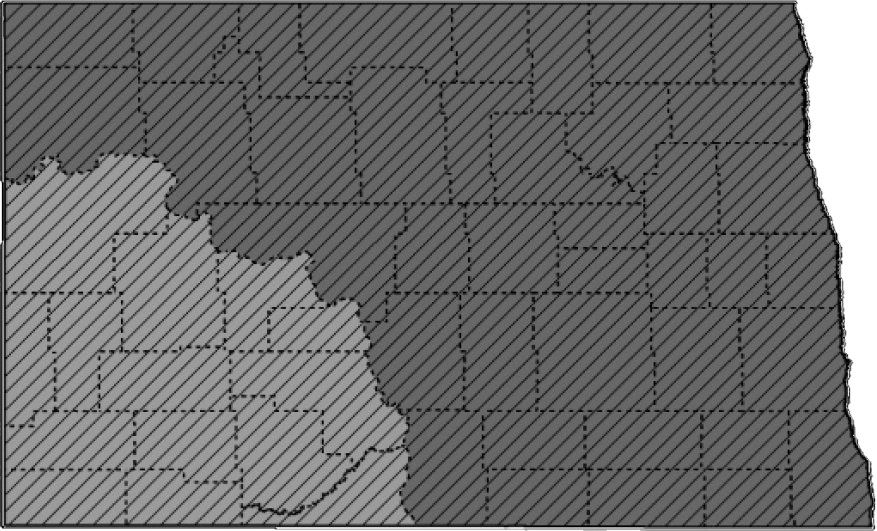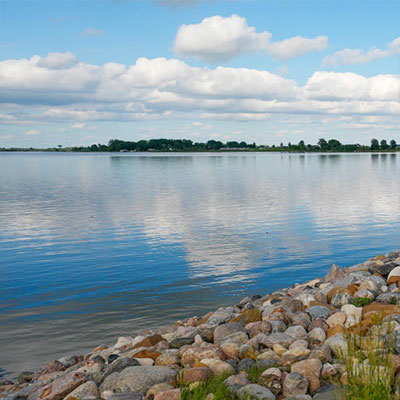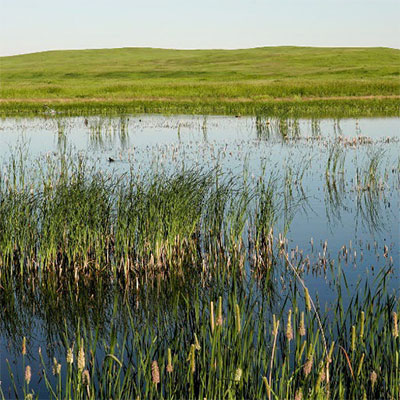Semipalmated Sandpiper

Adobe Stock
L 6.5”, WS 14”, 0.88 oz. Breeding/spring plumage: Plain gray-brown, short straight dark bill, black legs Fall/nonbreeding plumage: pale gray, white belly.
Status in North Dakota
Migrates through North Dakota in mid-April through early June, and early July through mid-October.
Reason for SWAP Designation
At-risk based on expert review (SGCN c.).
The peak week for Semipalmated Sandpiper migration in ND (~31-May) hosts >10% (12.21) of the global population.
Substantial population-level declines in the eastern portion of the range, may be stable in the interior and western North America.
Threats
Loss and degradation of wetlands, drainage and wetland consolidation.
Loss of habitat on the breeding and wintering grounds.
Classified as climate-stable, Semipalmated Sandpiper is projected to maintain more than half of its current distribution (Audubon).
Hyperabundant geese populations alter tundra habitat and may limit the availability of nesting habitat for artic-breeding shorebirds.
Increasing applications of agrochemicals and adverse impacts to water quality, the wetland vegetative community, and the aquatic invertebrate community.
Semipalmated Sandpipers may be exposed to high concentrations of synthetic insecticides in non-buffered cropland ponds during the spring migration.
More frequent or intense harmful algal blooms.
Aquatic nuisance species spreading and damaging wetland ecosystems.
Research and Monitoring
Habitat and demographic studies have been conducted on breeding grounds.
Information lacking on migration strategies, stopover sites, and wintering behaviors.
Multiple large-scale shorebird monitoring programs are key sources of information on distribution and population trends.
However, minimal focus has been directed at research or monitoring migrant shorebirds in ND.
Management Recommendations
- Maintain wetland complexes.
- Conserve shallow, working wetlands in cropland.
- Plant vegetative buffer strips around wetlands in cropland.
- Identify and target high priority landscapes, habitats, and stopover sites for protection.
- Conscientious and appropriate application of agrochemicals.




